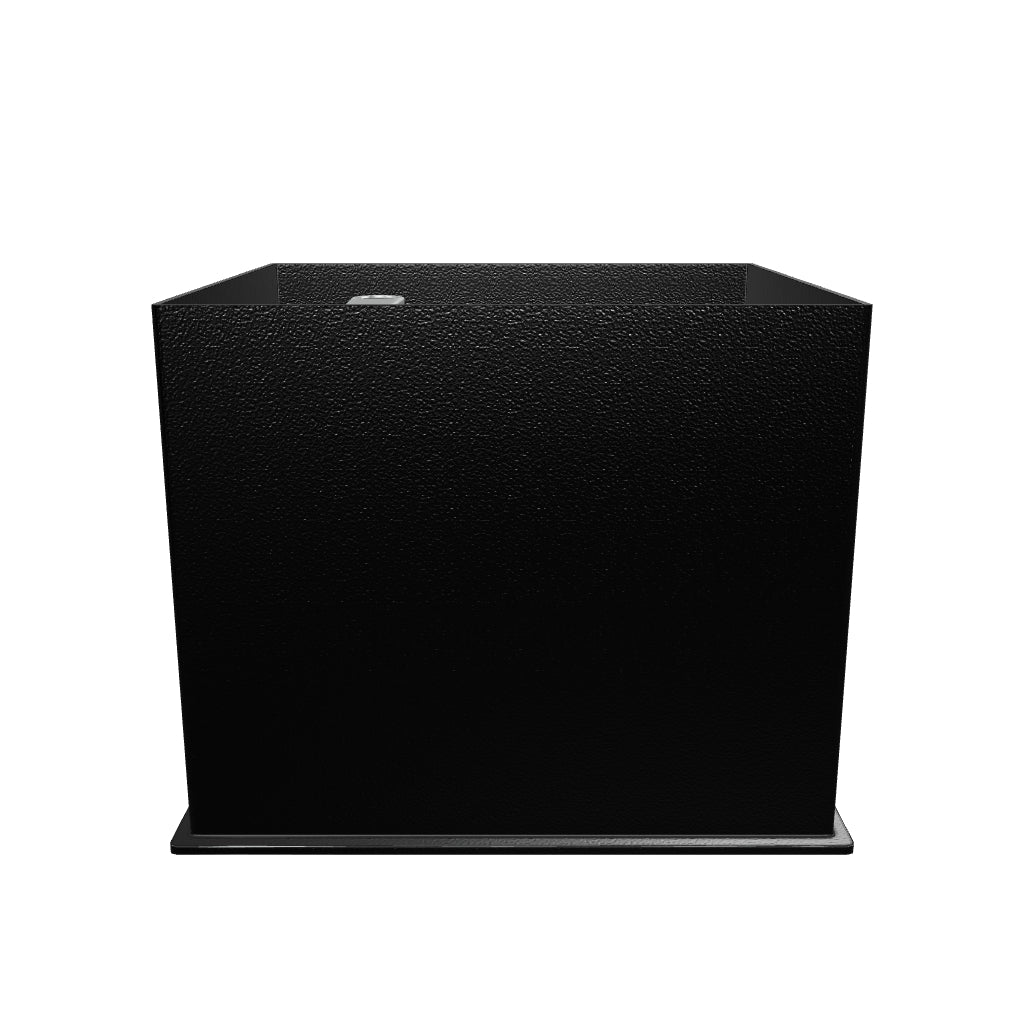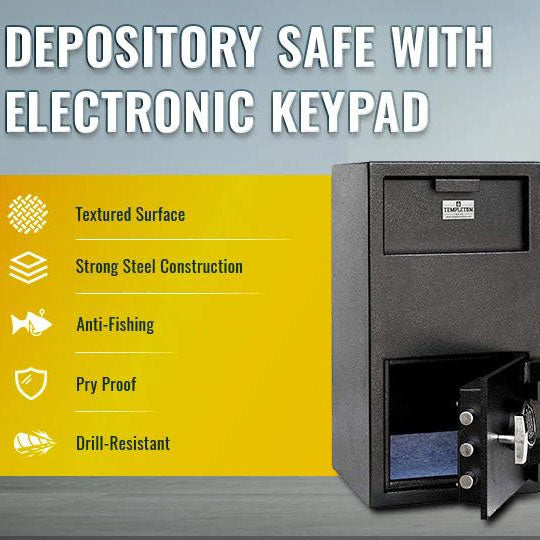Government Office Safe Hacks: Tips for Maximizing Security
Welcome to our blog post on government office safes! Whether you work in a federal agency, local government office, or any other public sector organization, safeguarding sensitive information is crucial. In this article, we’ll explore practical hacks and tips to enhance the security of your government office safes. Let’s dive in!
1. Choose the Right Safe Type
Before we get into the hacks, let’s start with the basics. Selecting the right safe type is essential for protecting your sensitive information and assets effectively. When choosing a safe, consider various factors such as fire resistance, burglary protection, and capacity.
- Fire Resistance: Ensure the safe is rated for fire resistance to protect important documents and valuables from potential fire damage.
- Burglary Protection: Look for safes with high-security ratings to prevent unauthorized access and theft.
- Capacity: Choose a safe that fits your storage needs without being too bulky for the designated space.
Templeton Safes offers a range of options, including digital safes, biometric safes, and traditional combination lock safes. Each type has its own benefits, so it’s important to select one that aligns with your specific requirements.
2. Secure Placement Matters
Where you place your safe can significantly impact its security. Proper placement strategies can enhance concealment and accessibility while minimizing the risk of theft.
Concealment Strategies
- In-Wall Safes: If you want discreet storage, go for in-wall safes. These can be hidden behind paintings or wall panels, making them less visible to potential intruders.
- Under-Desk Safes: Place a compact safe under your desk for easy access without compromising security. This placement keeps the safe within reach while keeping it out of sight from prying eyes.
3. Master the Art of Safe Locks
The type of lock on your safe plays a crucial role in its overall security. Understanding the differences between digital and combination locks can help you choose the best option for your needs.
Digital vs. Combination Locks
- Digital Locks: These locks are convenient and quick to operate. However, it’s important to change the default code upon installation and avoid sharing the code with too many people to maintain security.
- Combination Locks: These classic locks are reliable and do not rely on batteries or electronics. Memorize the combination or keep it in a secure location to ensure you can always access the safe when needed.
4. Biometric Safes for Quick Access
Biometric safes offer a modern and efficient way to secure your valuables, utilizing fingerprint scanners for access.
Fingerprint Scanners
- Advantages: Biometric safes provide instant access and eliminate the need to remember codes or combinations. They are particularly useful in emergency situations where quick access is essential.
- Tips: Register multiple fingerprints (yours and trusted colleagues’) for emergencies to ensure that the safe can always be accessed when necessary.
5. Bolt It Down
Anchoring your safe is a critical step to prevent theft. Even the best safe can be compromised if it can be easily carried away.
Anchoring Your Safe
- Bolting Safes: Secure your safe to the floor or wall using bolts. This makes it significantly harder for thieves to remove the safe from your premises. Ensure the bolts and anchoring system are robust and professionally installed.
6. Regular Maintenance
Regular maintenance of your safe ensures it remains functional and secure over time.
Keep It Smooth
- Lubricate Locks: Periodically lubricate the locks to prevent rust and ensure smooth operation. Use appropriate lubricants recommended by the manufacturer.
- Check Batteries: For digital safes, replace batteries promptly to avoid being locked out due to power failure. Regularly test the battery level and keep spare batteries on hand.
7. Emergency Preparedness
Being prepared for emergencies ensures that you can always access your safe, even under unexpected circumstances.
Backup Plans
- Duplicate Keys: Keep a spare key in a secure location, such as a locked drawer or with a trusted colleague, to ensure you can access the safe if the primary key is lost or damaged.
- Emergency Contacts: Share safe access details with a trusted colleague. This ensures that someone else can access the safe if you are unavailable.
8. Audit Trail and Accountability
Tracking access to your safe enhances security and accountability within your organization.
Tracking Access
- Digital Safes: Enable audit trails to monitor who accessed the safe and when. This feature helps in maintaining a record of safe usage and identifying any unauthorized access attempts.
- Regular Audits: Conduct periodic reviews of safe usage to ensure that all accesses are legitimate and to identify any irregularities or security breaches.
9. Avoid Obvious Hiding Spots
Think like a thief when deciding where to place your safe. Avoid common hiding spots that intruders might check first.
Think Like a Thief
- Avoid Desk Drawers: Thieves often check desk drawers first, so avoid placing your safe in such obvious locations.
- Be Creative: Hide the safe in unexpected places, such as behind false panels, inside inconspicuous furniture, or within utility areas that are less likely to be searched.
10. Educate Staff
Ensuring that your staff is well-informed about safe usage and security protocols is essential for maintaining overall security.
Security Awareness
- Training: Teach employees how to use the safe properly and educate them on security protocols, including how to handle keys, codes, and access permissions.
- Reporting Suspicious Activity: Encourage staff to report anything unusual or suspicious. Vigilant employees can be the first line of defense in identifying potential security threats.
Remember, Templeton Safes provides high-quality government office safes designed to meet your security needs. Visit their website for more information and explore their range of reliable options. Stay safe and protect what matters most!






























